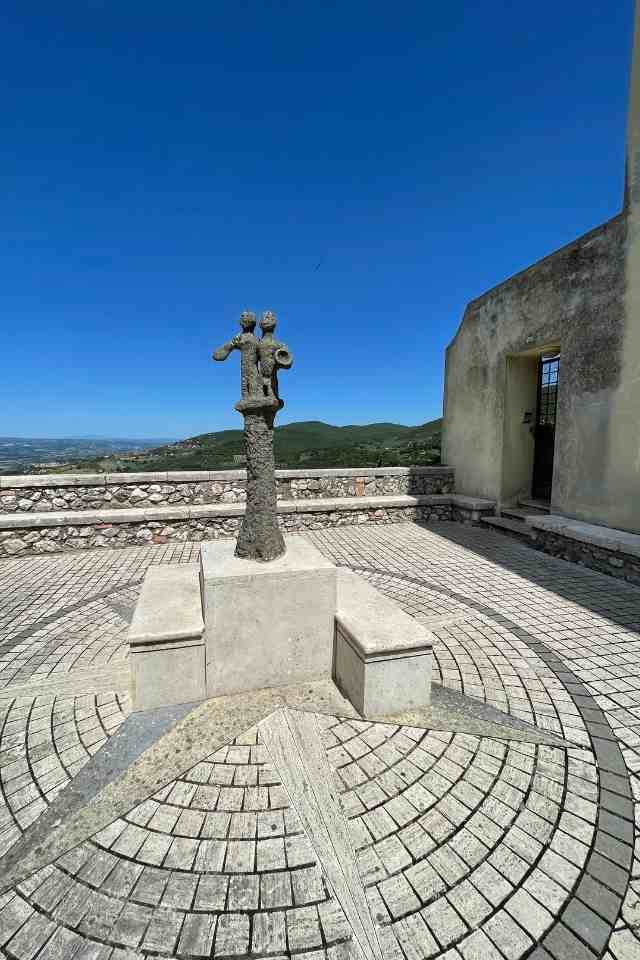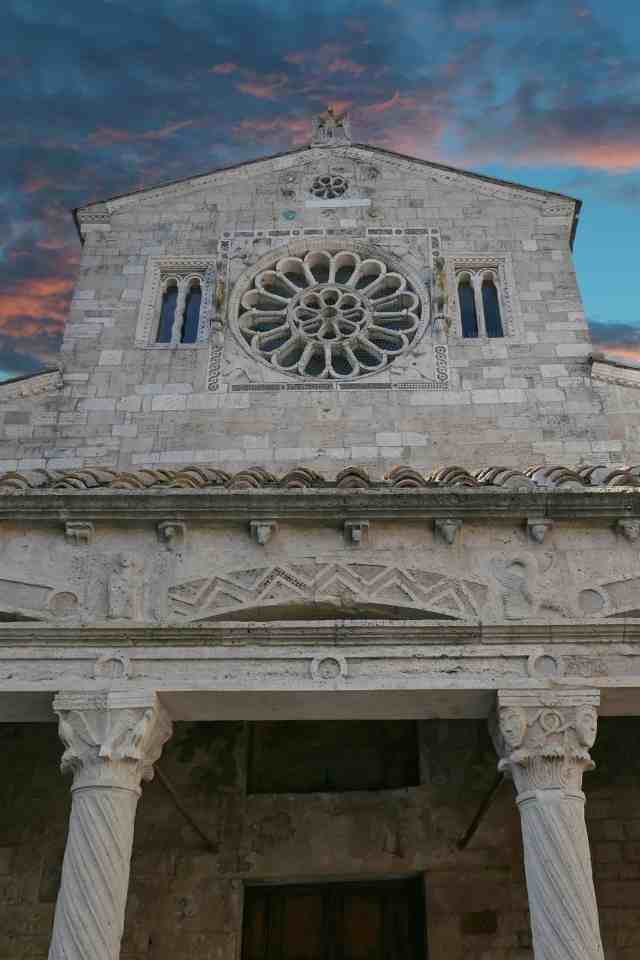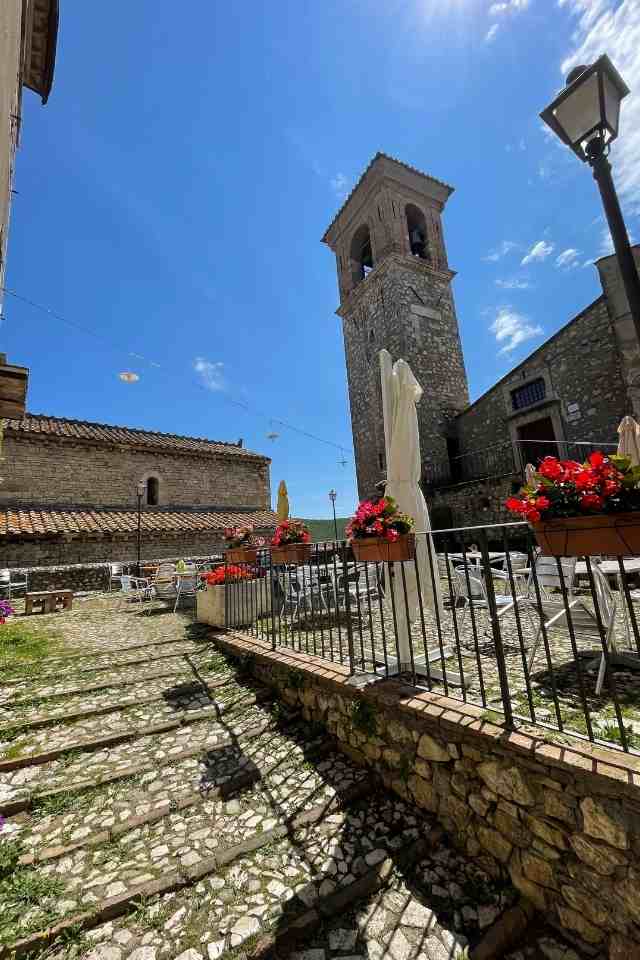from the latin Lucus Iani
The history of Lugnano in Teverina: the wood shaped like a sacred moon
In the past , there must have been a sacred wood in Giano on the hill at an altitude of 419 meters where Lugnano in Teverina extends, if its name comes, probably, from the latin Lucus Iani.
And if there was for sure some rustic villas which occupied the valley and the medium hill like that one of the II century BC of Poggio Gramignano which, in addition to attest the presence of the roman in the territory, with its reuse as a cemetery around the VII century AC, are telling that the populations which used to live the Tevere, ware forced , to escape to the malaria, to transfer on the hill.





